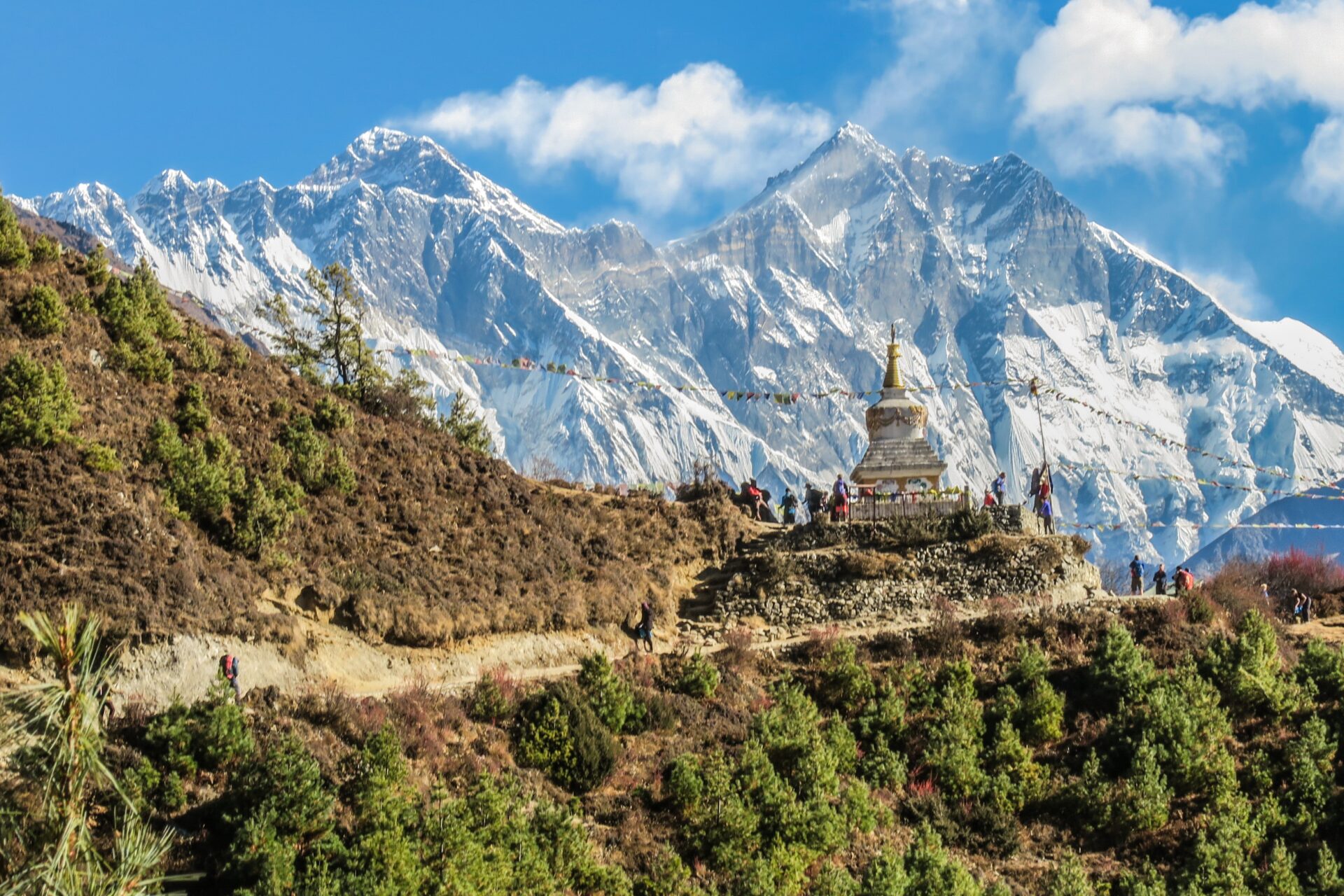In the summit between President Xi Jinping and President Joe Biden, set against the backdrop of the Asian Pacific Economic Conference (APEC) in San Francisco on Nov. 15, 2023, the nuanced dance of power dynamics in the Indo-Pacific played an important role. This meeting was not merely a diplomatic ritual but a strategic discourse on US-China relations and development initiatives.
As geopolitical strains between the US and China have intensified, India has emerged as a tactical proxy in the Indo-Pacific theater. India stands as the countermeasure in the proxy game, a strategic response aimed at mitigating China’s expanding influence, with potential profound repercussions for nations caught in the crossfire.
China’s assertive posture in the Indo-Pacific, epitomized by the Belt and Road Initiative (BRI), has put regional players on high alert. A recent report from AidData reveals China’s staggering lending of over $1.34 trillion USD since the BRI’s inception. Its reputation for rapid infrastructure development has made China a significant player, raising concerns about its projects’ true environmental, social, and governance costs.
Initially billed as an economic catalyst emphasizing trade and infrastructure, the BRI has manifested as a powerful geopolitical tool. Case in point: Sri Lanka’s Hambantota port. A $1.1 billion loan from China left Sri Lanka unable to meet payments, resulting in a 99-year lease that hands control to China. Such stories echo across the Indo-Pacific as countries grapple with the repercussions of aligning with China.
Nepal’s Balancing Act
In forging a robust alliance with the United States, India endeavors to safeguard its borders and assert itself as a pivotal force in the Indo-Pacific, strategically countering China’s regional ascendancy. The theater for this geopolitical rivalry extends to Nepal, where China has made substantial investments in critical infrastructure, including roads and bridges. In response, via the Millennium Challenge Corporation (MCC), the United States has injected financial support into Nepal to counterbalance China’s influence.
The unfolding dynamics in Nepal underscore a delicate balancing act for the nation, caught in the crossfire of conflicting interests between its influential neighbors.
Adopting a more assertive stance, India has intensified its investments in hydropower development, opting to abstain from purchasing electricity from Nepal if Chinese investments or contractors are involved. This power play extends beyond the energy sector, permeating into the realm of airport development. Notably, China extended a $216 million loan to Nepal for the construction of an international airport in Pokhara. However, the operationalization of the airport faces hindrances, as limited international flights materialize due to the Indian government withholding airspace approval.
The unfolding dynamics in Nepal underscore a delicate balancing act for the nation, caught in the crossfire of conflicting interests between its influential neighbors. These intricacies epitomize the broader implications of India, potentially operating as a US proxy, engaging in a competitive dance with China across the Indo-Pacific. In the specific case of Nepal, this rivalry manifests in a scenario where the nation finds itself constrained in dictating its economic trajectory. Situated landlocked between India and China, Nepal grapples with the imperative to navigate diplomatic relationships with both nations to safeguard its sovereignty — a challenge echoed by other Indo-Pacific countries with historical ties to both India and China, like Bangladesh.
The US Seeks Alternative Allies
The United States believes that the primary way to disrupt China’s influence in the Indo-Pacific while maintaining economic ties is to find alternative countries to provide defense and technology in the region. India and the United States have created multiple initiatives and agreements to build out these capabilities, the most recent being the initiative on Critical and Emerging Technologies (iCET). iCET focuses on semiconductor supply chain creation in India, and US company Micron Technologies has recently started setting up its first India-based assembly and test facility, signaling interest in India from the United States public and private sectors.
The Xi-Biden summit was a pivotal juncture to recalibrate the strained US-China relationship. It was not merely a diplomatic tête-à-tête but a potential forum to shape the trajectory of development initiatives and technological alliances. Even though the two powers did not walk out of the summit with tangible actions, the conversations had in San Francisco could lead to a new era of economic collaborations, altering the geopolitical chessboard. As the curtain rises on the Xi-Biden summit and hopefully more to come, the spotlight illuminates the intricate moves that will shape the future dynamics of the Indo-Pacific region.





















